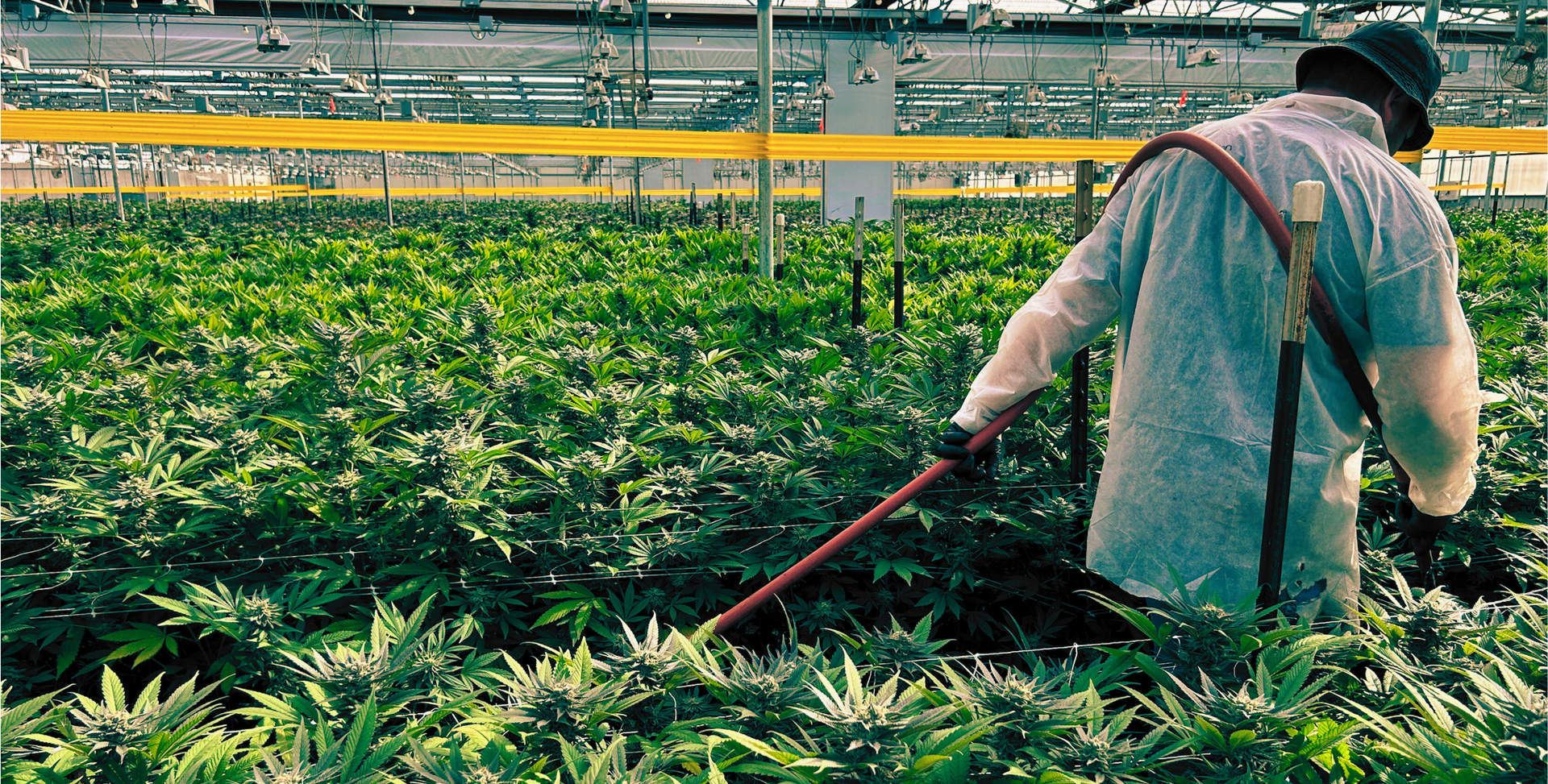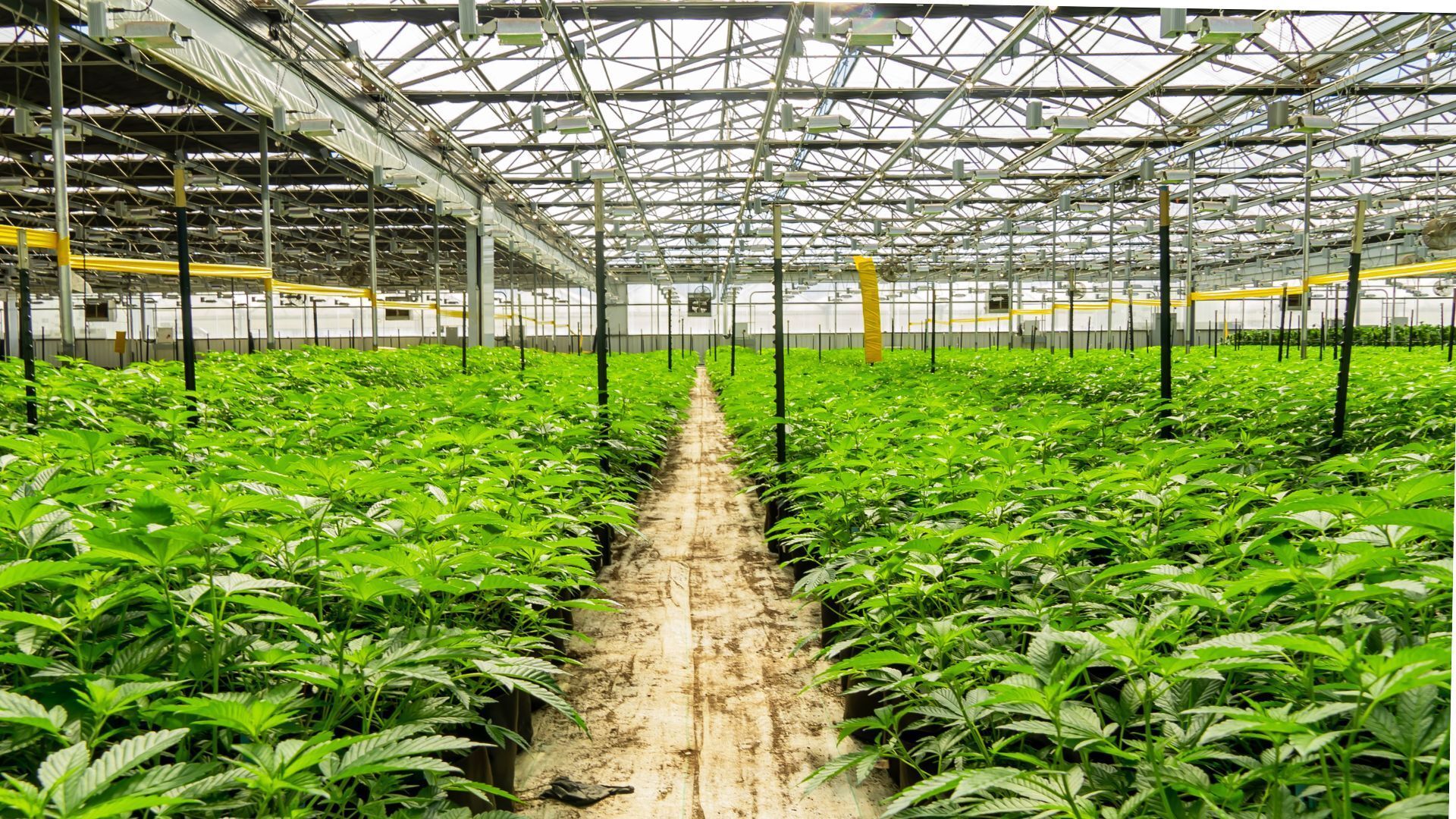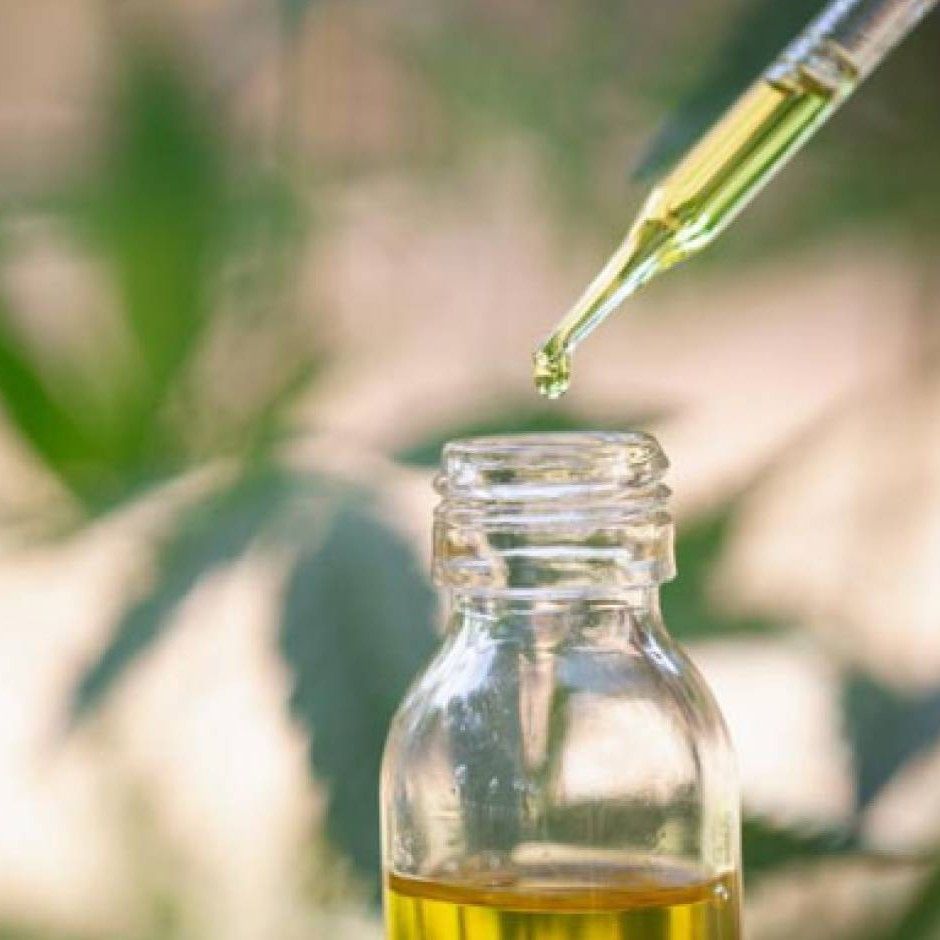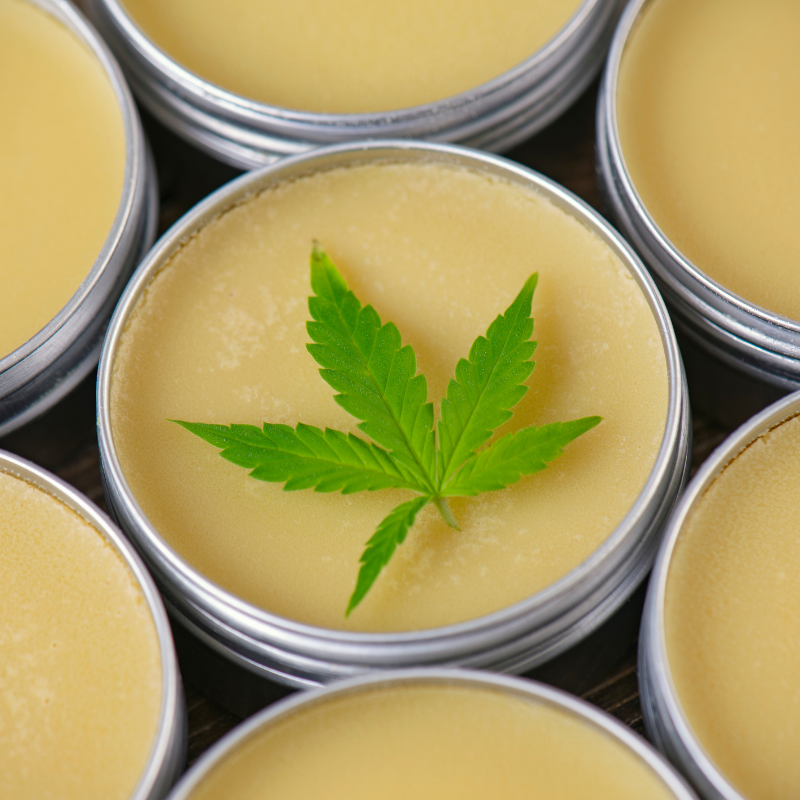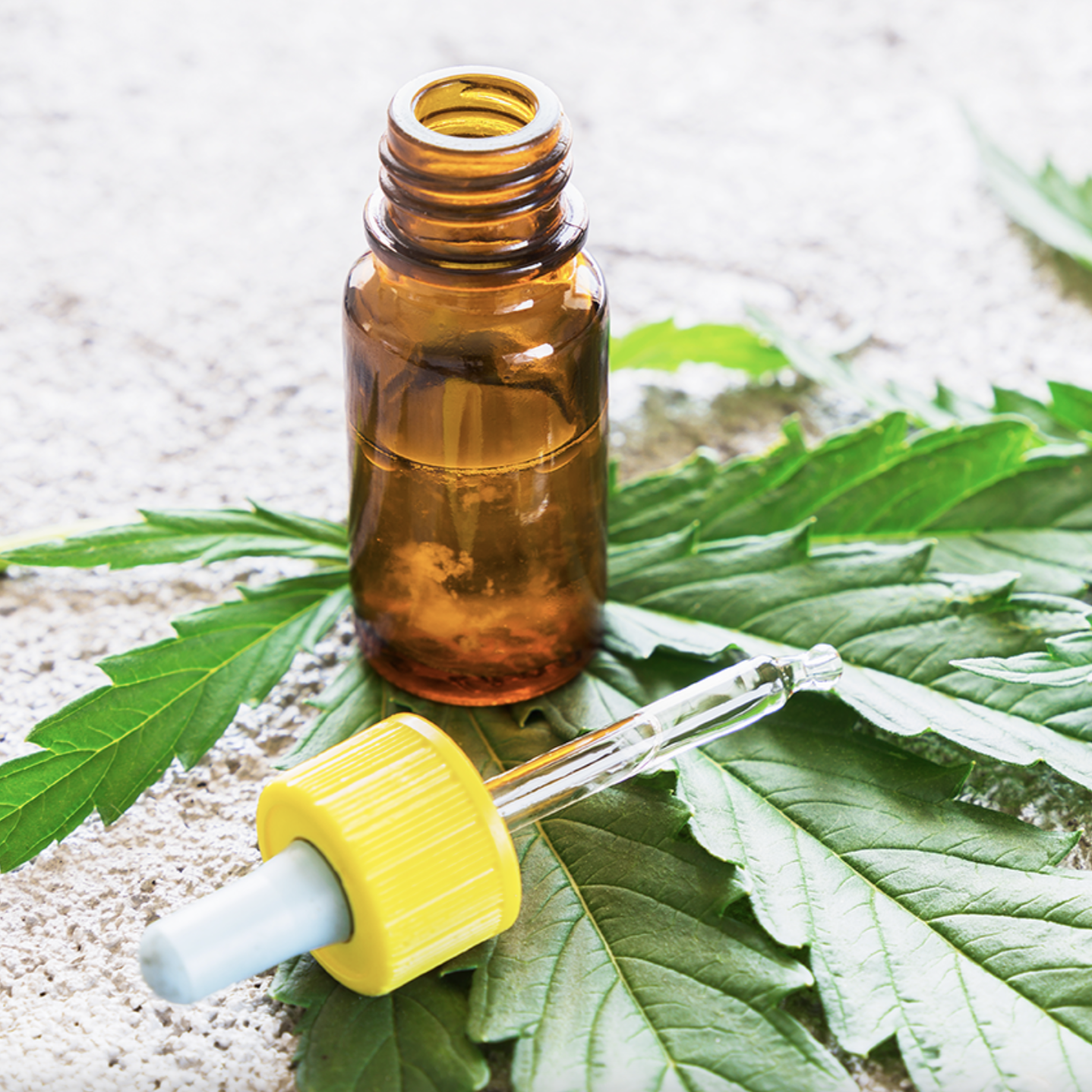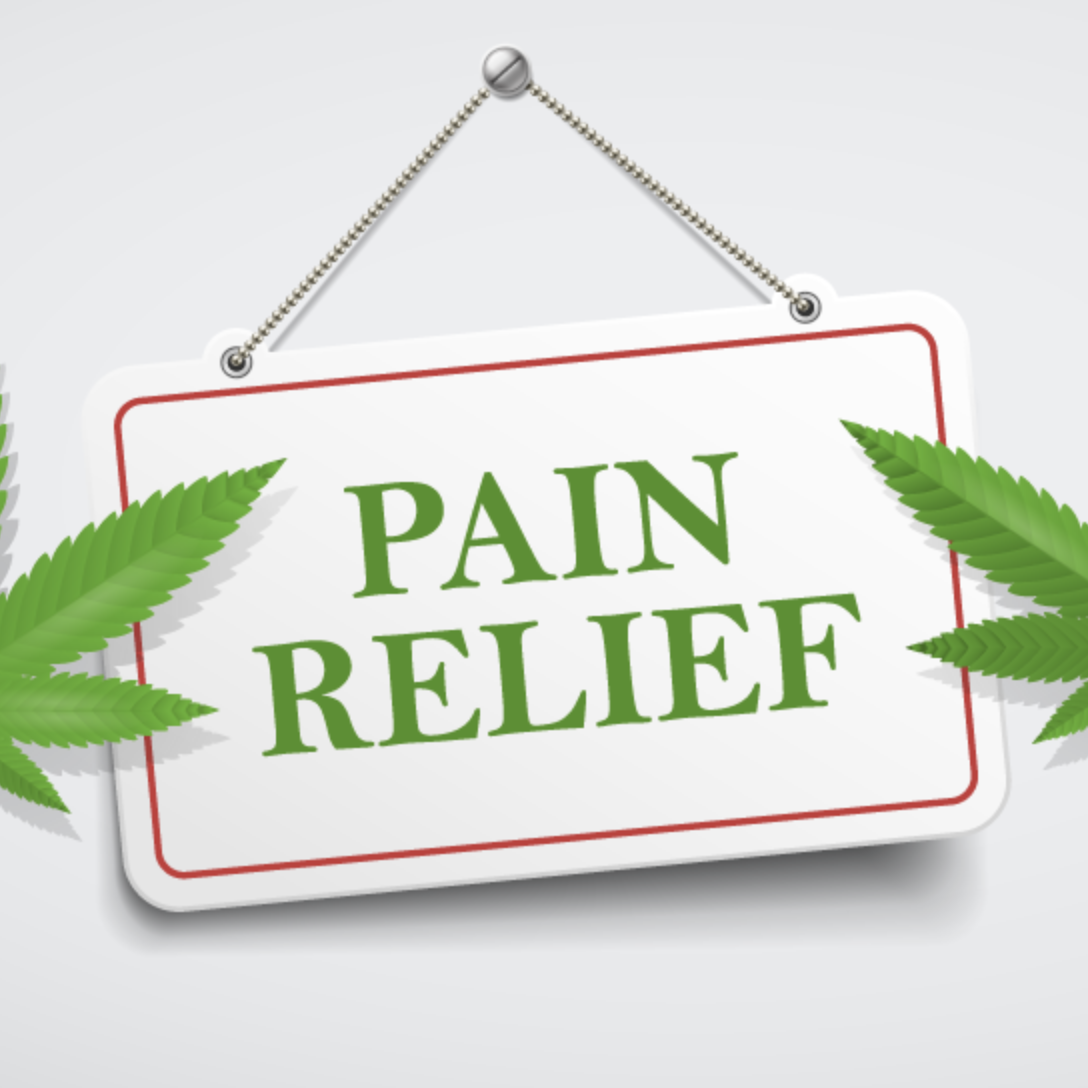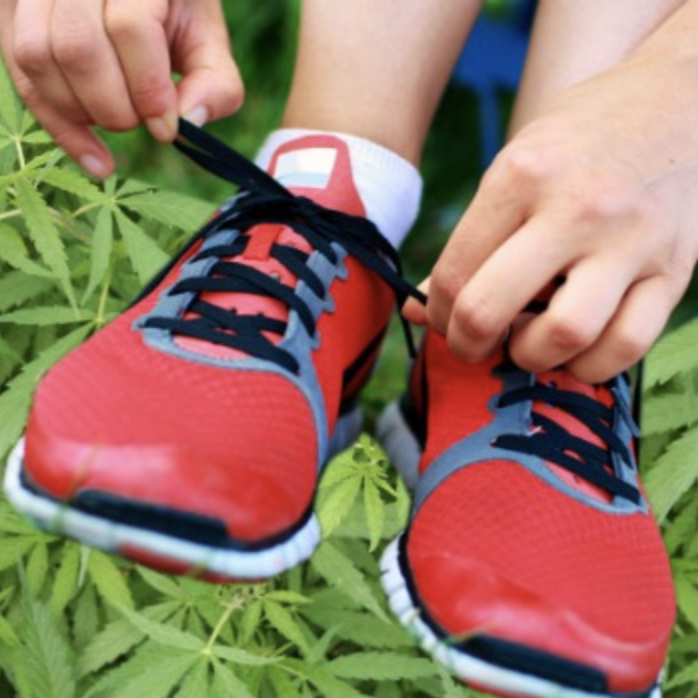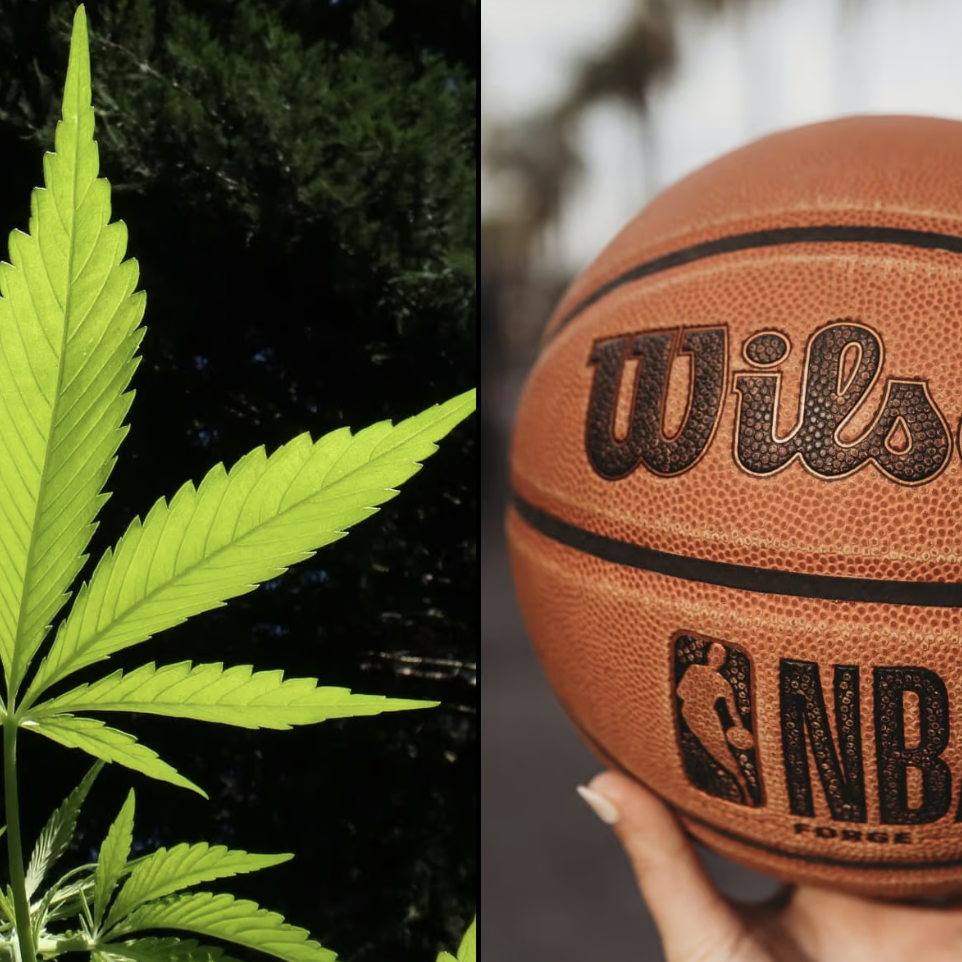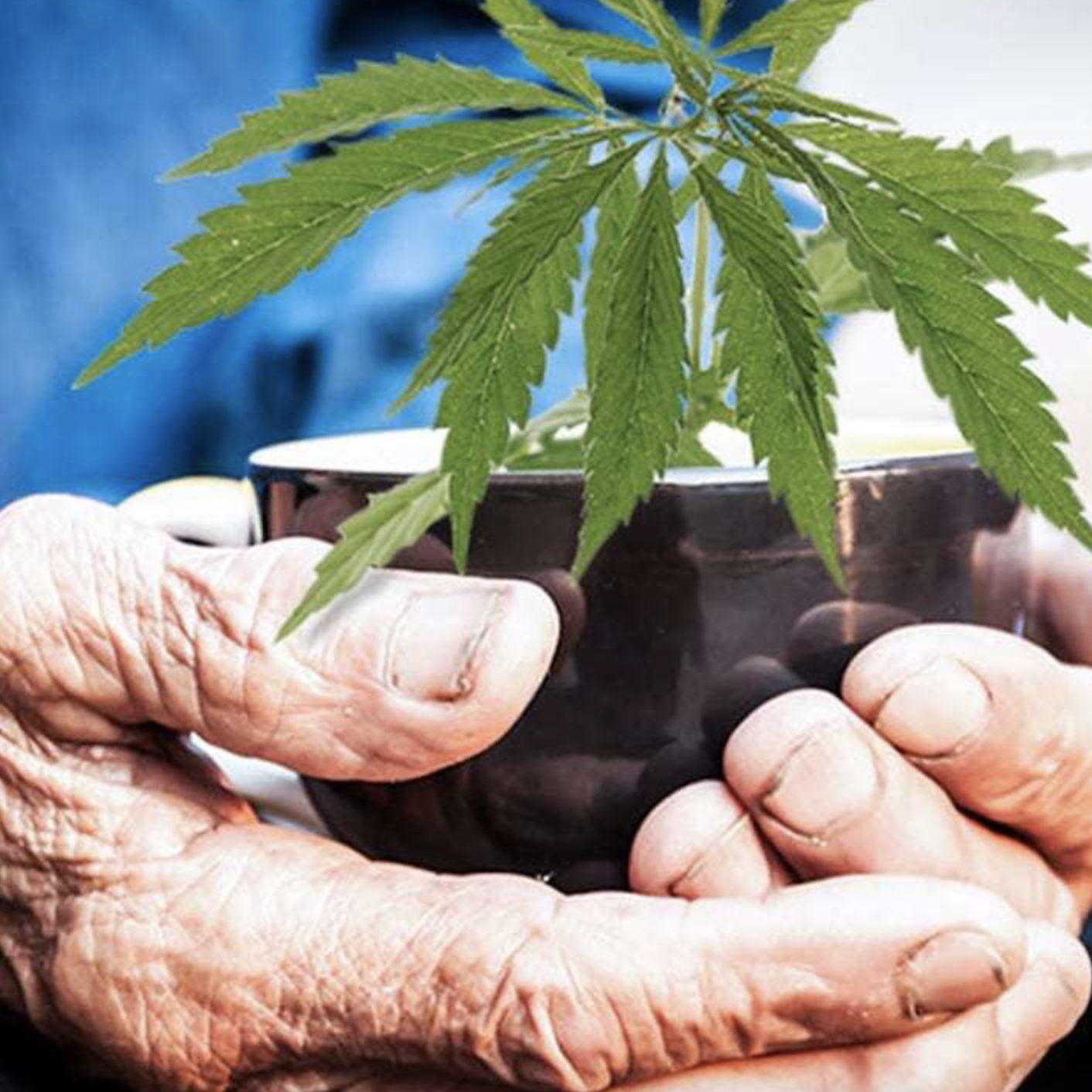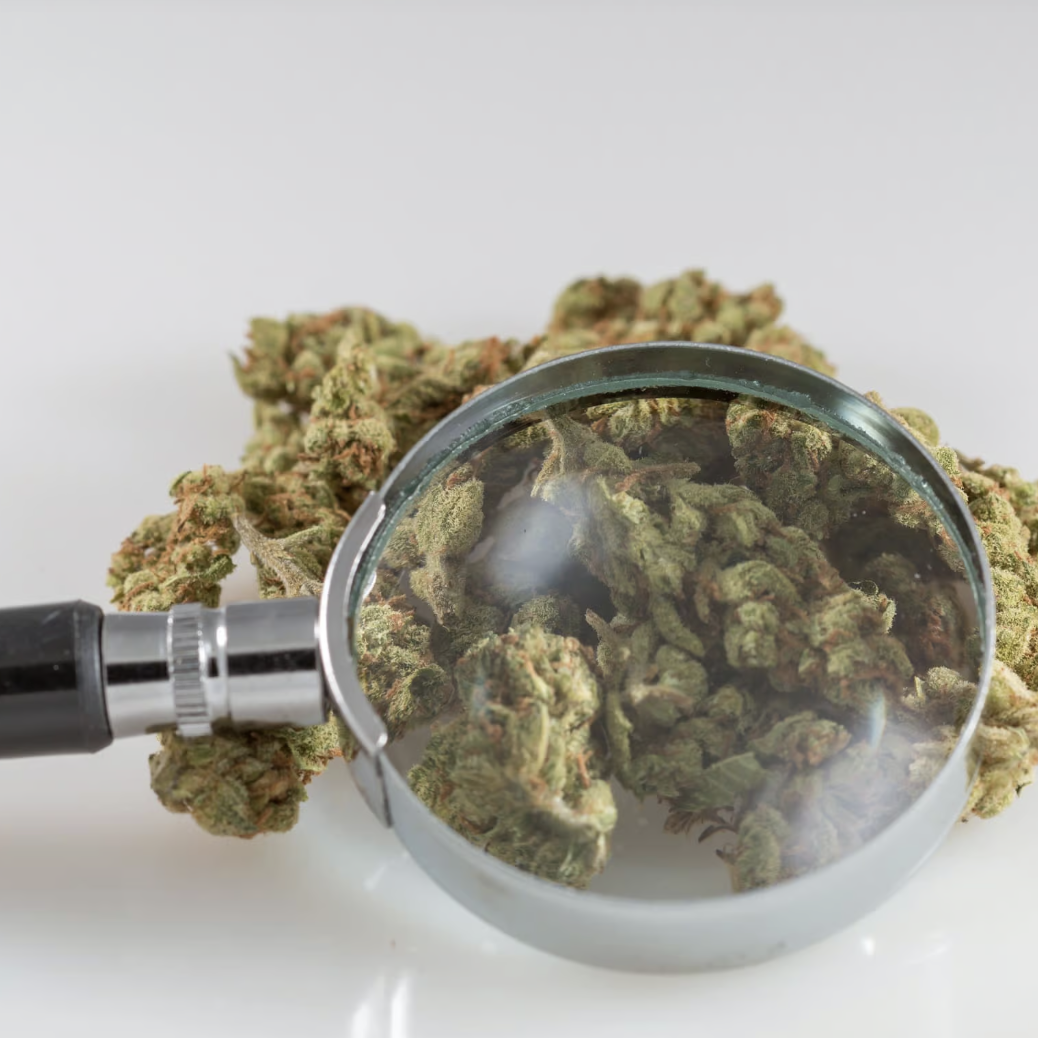Study: Cannabis Use Not Associated With Sedentary Lifestyle

Younger and middle-aged adults who regularly consume cannabis are no less likely than non-users to engage in physical activities, according to data published in the Journal of Cannabis Research.
Belgian researchers examined the relationship between past-month cannabis use and physical activity in a cohort of adults between the ages of 15 and 64. After controlling for potential confounders, investigators reported that past-month cannabis consumption had “no effect” on participants’ levels of physical activity. “The stereotypical image of cannabis users having more sedentary lifestyles should be critically reevaluated in light of our and other research,” the study’s authors concluded.
Their findings are consistent with those of a 2024 study that similarly determined, “Marijuana … use [is] not associated with low exercise rates among adults in the United States.”
